[ad_1]
Few crops are rising, leaves are falling, and temperatures are dropping. These fall circumstances create the perfect surroundings for amending backyard soil for a spread of advantages. Enhancements work whereas crops are dormant, creating fertile, porous dust for his or her roots to develop into earlier than spring.
In autumn, you possibly can combine in amendments with out worrying about harming plant roots. You may apply thick layers of mulch with out shading seedlings. It’s too chilly for seedlings! It’s additionally too chilly for many animals and bugs that thrive in summertime.
Amend your backyard to create habitat areas for these creatures to outlive freezing temperatures. Fall leaves, compost, and grass clippings present beneficial area for creatures like snakes, ladybugs, and bees to cover in. The duvet retains them secure from predators and heat regardless of recurring frosts.
Regardless of your motive for amending your soil throughout autumn, you possibly can confidently accomplish that with out fearing on your backyard’s well being. If any amendments don’t decay now, they may finally as temperatures heat and snow thaws. There’s no hurt in utilizing mulch when you’ve got it mendacity round!
Let’s uncover how fall soil amendments can profit your backyard.
All-Goal Vegetable Fertilizer
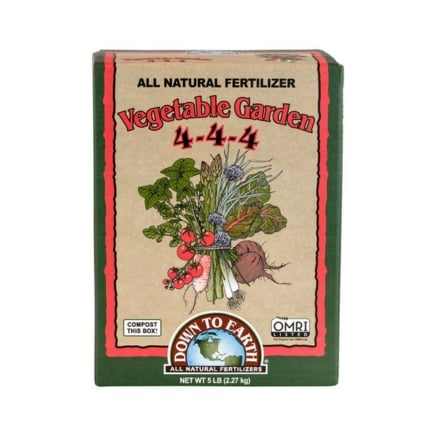

Our all-purpose vegetable fertilizer gives an ideal begin on your sprightly spring veggies, supercharges your summer season tomatoes, and is implausible for rising your favourite aromatic herbs.
Enhance Soil Efficiency
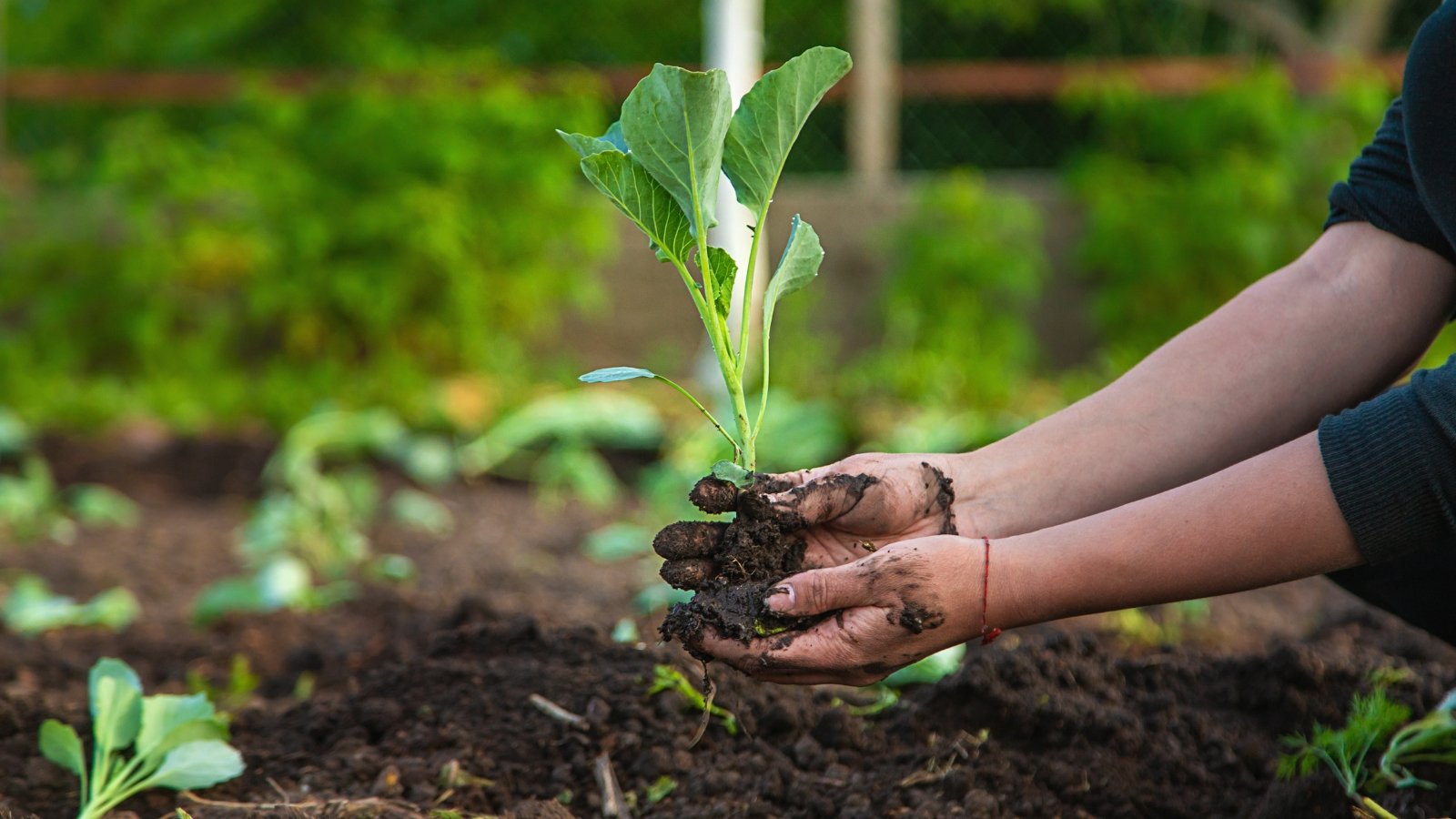

Amending your soil means including natural matter, fertilizer, or pH modifiers to create extra inhabitable circumstances for plant roots. Supplies like compost add porosity to soils to allow them to drain freely and take in water readily. The air pockets maintain onto the water throughout droughts, and permit it to circulate freely when there’s an extra.
As natural matter decays, it releases vitamins into the bottom the place shrubs and bushes can entry them. Soil microorganisms, worms, and beetle larvae eat particles and huge particles. They course of it, turning the waste into beneficial humus. Humus is the black, crumbly finish product of decay. Wholesome backyard soils have giant quantities of this materials!
Including natural matter additionally builds construction underground. Twigs, leaves, and plant scraps create pathways for worms and creatures who create extra pathways! They depart waste behind, and the waste helps regulate soil moisture. Natural enhancements will assist your backyard develop extra resilient to excessive climate, pests, and ailments. It’s extremely useful in breaking apart clay or including absorbency into excessively sandy areas.
Amendments Decay Slowly


Low temperatures gradual progress for a lot of species; fungi, micro organism, archaea, worms, and bug larvae work slowly when chilly and rapidly when heat. The bottom insulates these creatures and retains them alive, though they have to retreat decrease underground in some areas. Freezing ice threatens them in the event that they keep on the soil’s floor.
One profit of those low temperatures is the mulch you lay down will persist all through the chilly seasons. Add straw or leaves to your soil in summer season, they usually’ll rapidly decay into tiny particles! Add layers of the stuff throughout the fall and it’ll insulate the bottom till late spring or summer season.
Slower decaying amendments imply there are persisting habitat areas for critters that want them. Pockets between leaves, tunnels left by worms, and webs of overwintering spiders create cozy properties out of plant scraps, grass clippings, and fall leaves. As heat spring arrives, the supplies rapidly decay, animals come out of hiding, and plant roots suck up the vitamins they depart behind.
Prepared Soil in Spring
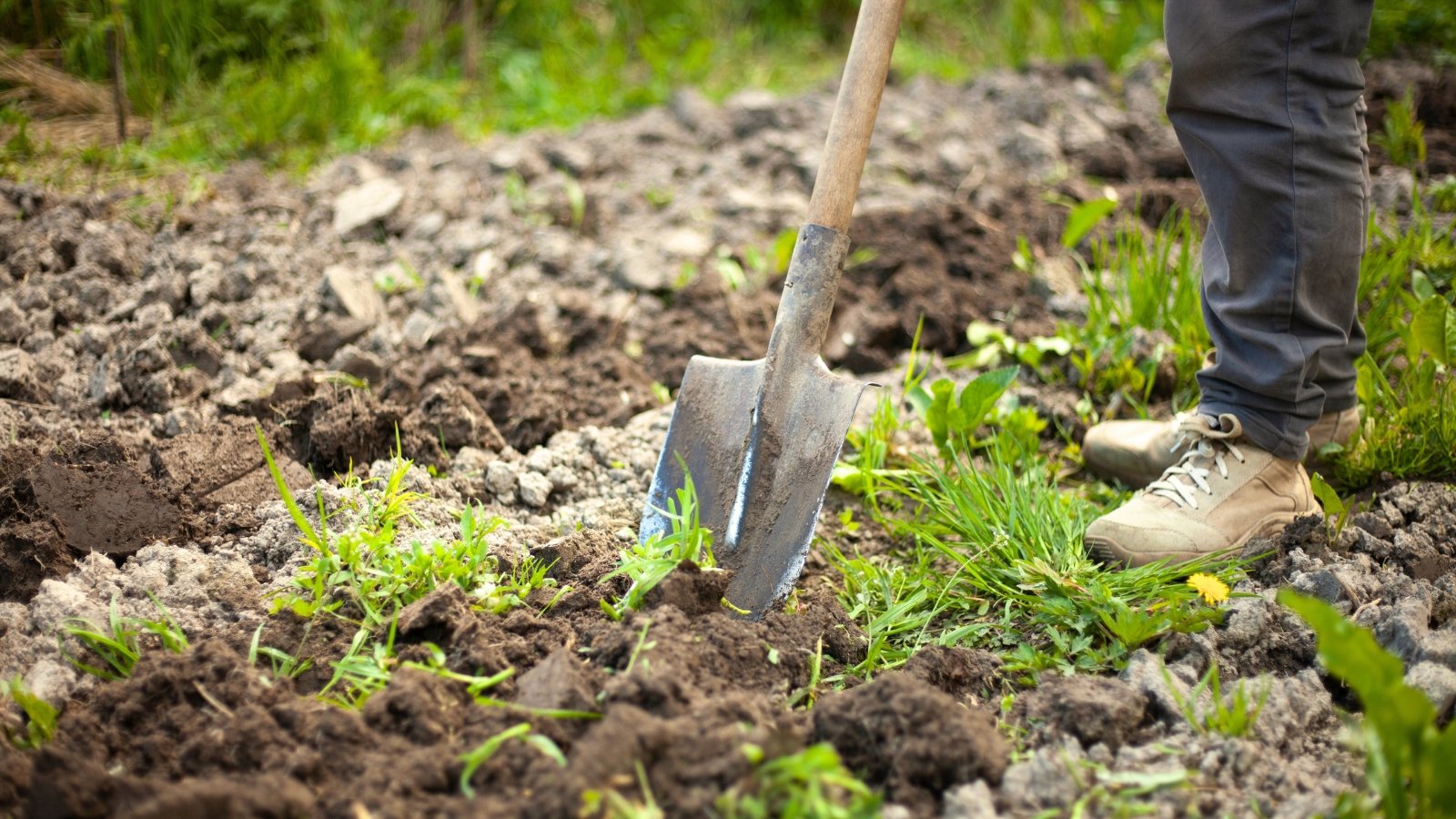

Add enhancements throughout the fall season and also you received’t have to come back spring! Your grounds may have the porosity, fertility, and construction they want for any plant to outlive. Whether or not you’re rising annuals, perennials, or woody shrubs and bushes, they’ll profit from natural matter to spice up their efficiency.
In spring, you take care of younger seedlings and tender roots—it’s arduous to combine in issues like compost or worm castings. Most annuals die by late fall, and perennials enter dormancy. You may safely mingle add-ons into the bottom as deep as you’d like whereas the climate is cool.
Dig amendments in 4 to 6 inches deep for greatest outcomes. Chances are you’ll dig deeper if you happen to take care of extreme clay or are beginning with the French Intensive gardening methodology. Use a layer one to a few inches thick and incorporate it evenly all through the backyard beds. It’ll bond with the native soil particles and create an perfect combine for future seedlings.
Alter Soil pH Simply


pH modifiers want time earlier than they begin adjusting the degrees. The extra evenly you incorporate them, the higher and faster they work. Apply these amendments throughout fall to learn your soil and produce the pH to your goal vary by spring. The slow-acting amendments have weeks to take impact whereas bulbs, shrubs, and bushes are dormant.
Use backyard sulfur or lime to regulate soil pH. Sulfur lowers the pH and makes soils extra acidic, whereas lime raises the pH and makes them extra alkaline. Simply combine in these amendments throughout autumn with out fear about harming plant roots. Dig them six inches deep, and comply with their packages’ directions to seek out the right dosage.
Many acidic soil-loving shrubs like blueberries, rhododendrons, and hydrangeas admire a small dose of acidic fertilizer throughout the cool seasons. Use a soil testing equipment to first see your soil’s pH so you possibly can know whether or not it is advisable to add sulfur or lime. Most greens and fruiting crops admire a impartial pH stage close to 7.0.
Assist Native Animals


That is my favourite motive for including amendments throughout fall—they assist native wildlife! Present properties, vitamins, and water for these creatures after they have dire wants. Worms, ladybugs, bees, and different helpful bugs depend on floor cowl to survive excessive winters. With out it, they’re prone to the weather.
Overturn leaves throughout winter and also you’re certain to seek out some critter hiding beneath. Wild animals crave the heat the quilt gives, and it hides them from hungry predators. Fireflies are one endangered species that want winter floor cowl to outlive. Place some leaves or straw in your beds and they’ll rapidly transfer in.
Different extra delicate creatures, like snakes, additionally depend on soil amendments to outlive. Helpful garter snakes burrow underground as frost creeps in—add floor cowl, they usually’ll have extra insulation above them. This retains them nearer to the soil floor the place they will emerge to eat backyard pests in spring.
Enhance Evergreen Crops’ Progress
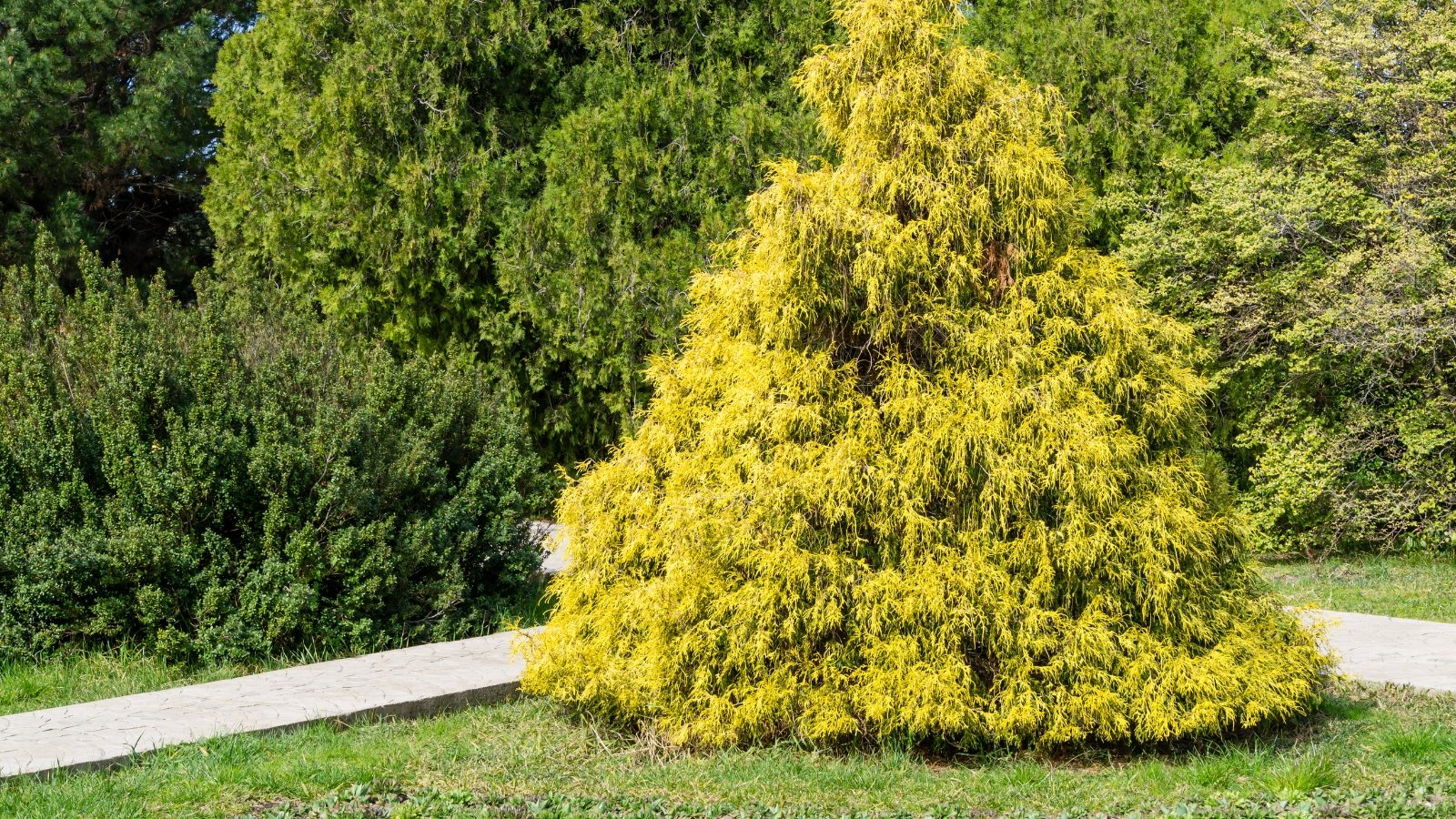

Evergreen bushes typically get neglected for care and upkeep as a result of they’re inexperienced and at all times rising! They want diet, water, and air like different species, and autumn is an ideal time to feed them. Beautify their root zone with leaf mildew, compost, or an identical carbon-rich modification.
Woody bushes and shrubs like laurels and boxwood use giant quantities of carbon to create sturdy cells. Add carbon-rich soil amendments to their root zone and also you’ll enhance their progress the subsequent season whereas insulating their roots. Heat roots are helpful; they assist the plant resume rising as days lengthen.
These are some different evergreen species that admire fall soil amendments:
| Widespread Identify | Genus |
| False Cypress | Chamaecyparis |
| Japanese Cedar | Cryptomeria japonica |
| Douglas Fir | Pseudotsuga |
| Juniper | Juniperus |
| Arborvitae, Cedar | Thuja |
| Coast Redwood | Sequoia |
| Large Sequoia | Sequoiadendron |
Help Fungi, Micro organism, and Archaea
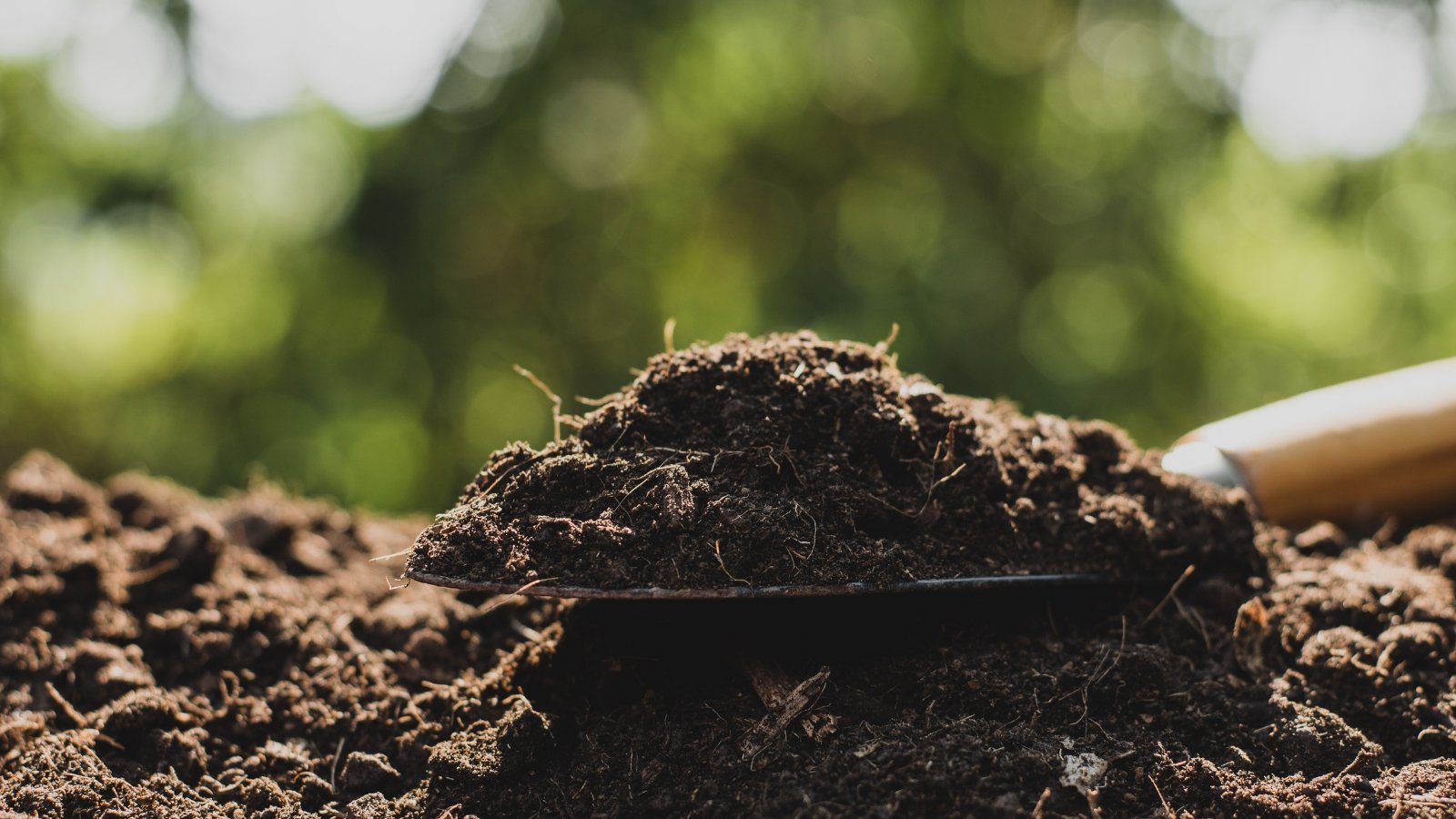

Three most important organisms assist add construction, fertility, and natural matter to present soils. Micro organism, fungi, and archaea work in conjunction, creating higher soils as they thrive. They every work in another way and profit sure plant species greater than others. Select which of them develop by controlling the amendments you employ throughout the cool seasons.
Fungi thrive in carbon-rich soils the place woody natural matter decays. Additionally they, coincidentally, assist woody bushes and shrubs develop. Recycle vitamins by inserting twigs and branches on the bottom and letting them decay. Fungi will unfold mycelia into the wooden, break it down, and feed surrounding crops with the vitamins.
Micro organism assist fleshy crops extra so than woody ones. They’re helpful for greens, fleshy perennials, and tender annuals. Micro organism thrive in nitrogen-rich amendments like compost, manure, or humus from fleshy plant scraps. Archaea assist woody and tender crops. They’re current in rotting natural matter the place fungi and micro organism are.
Finest Amendments to Add within the Fall
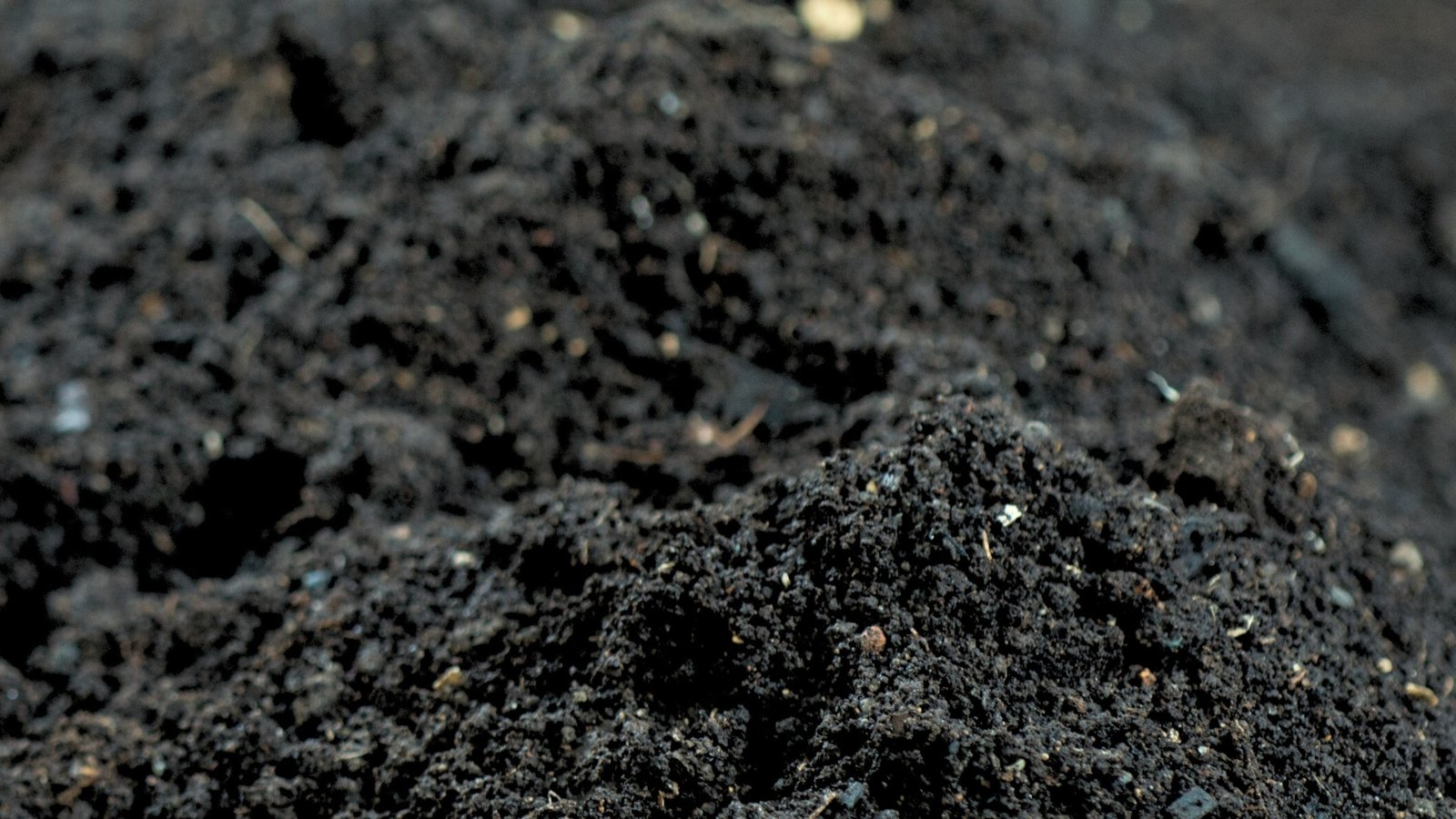

Now that you already know the advantages of amending soils throughout the fall, which amendments do you have to use? These are seven soil enhancements for reinforcing your backyard’s efficiency these cool months.
Fall Leaves
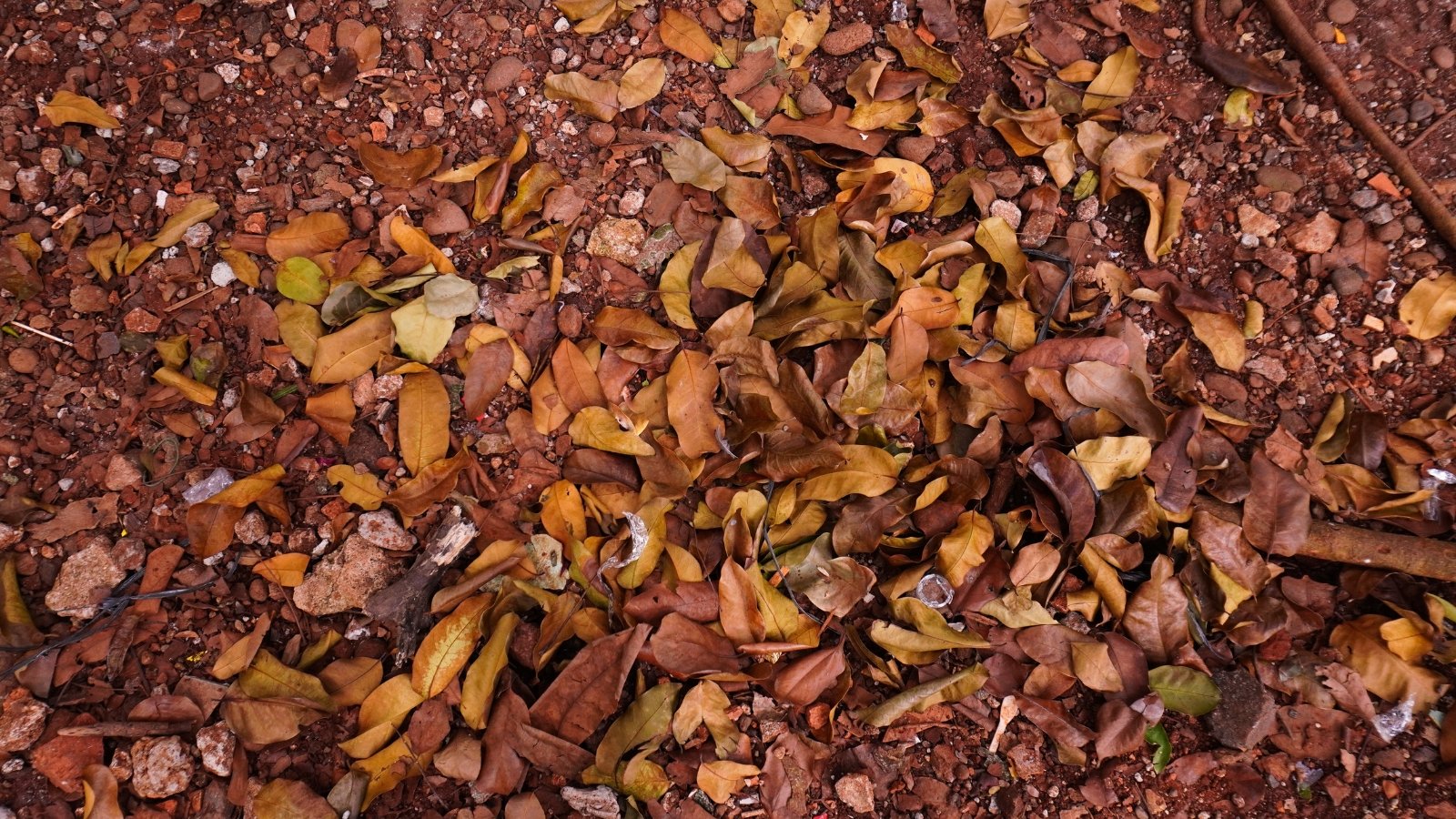

Fall leaves are in ample provide throughout autumn and are excellent amendments so as to add to your backyard! They’re perfect for serving to wildlife survive the winter, as they mimic forest flooring covers the place leaves fall and keep. Keep away from eradicating them as soon as they fall, or rake them up and place them in your backyard beds to unleash their helpful properties.
Fall leaves assist crops by releasing carbon and small quantities of nitrogen whereas they decay. Additionally they help fungi and mycorrhizae that develop root-like tendrils referred to as mycelia between their folds. Give help to crops, animals, and microorganisms this season by leaving leaves in your yard.
Leaf Mildew
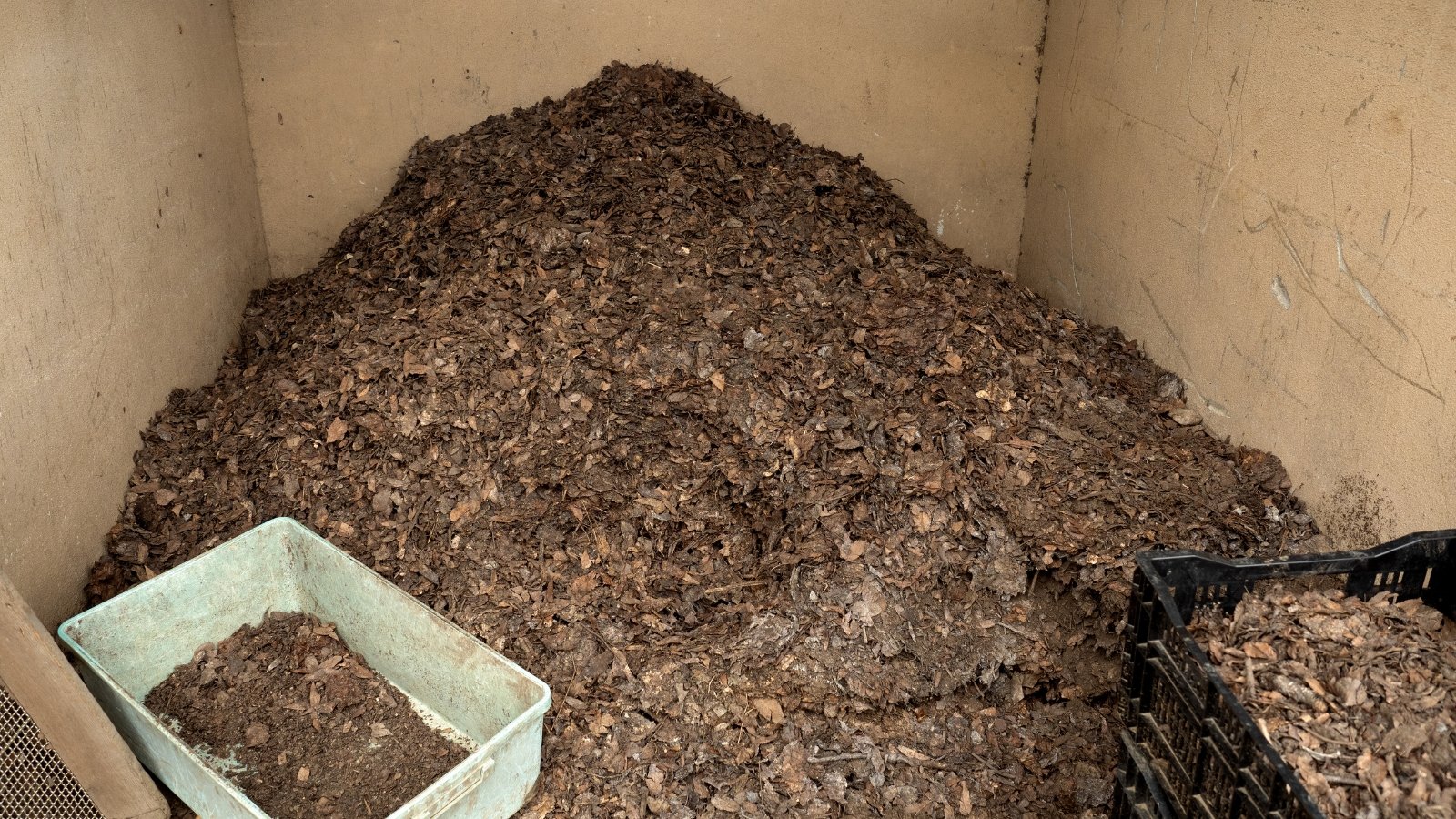

Leaf mildew is much like fall leaves. As a substitute of ready for them to decay, you velocity up the method to make a fast and nutritious soil modification. Place fall leaves in a pile, flip them recurrently with a pitchfork, and maintain them moist. In just a few months, the leaves will crumble right into a black, wealthy, and fertile materials. Leaf mildew is wealthy in carbon and perfect for woody perennials, bushes, and shrubs.
Compost


Compost is much like leaf mildew however makes use of different supplies except for leaves. It’s a mixture of “brown” and “inexperienced” supplies. Browns have extra carbon than nitrogen, and greens have the alternative ratio. Add greens to browns in a ratio of 1:2 or 1:3, making a pile. Flip the pile recurrently, maintain it with 50% moisture, and watch because it turns into black, fertile soil.
Biochar
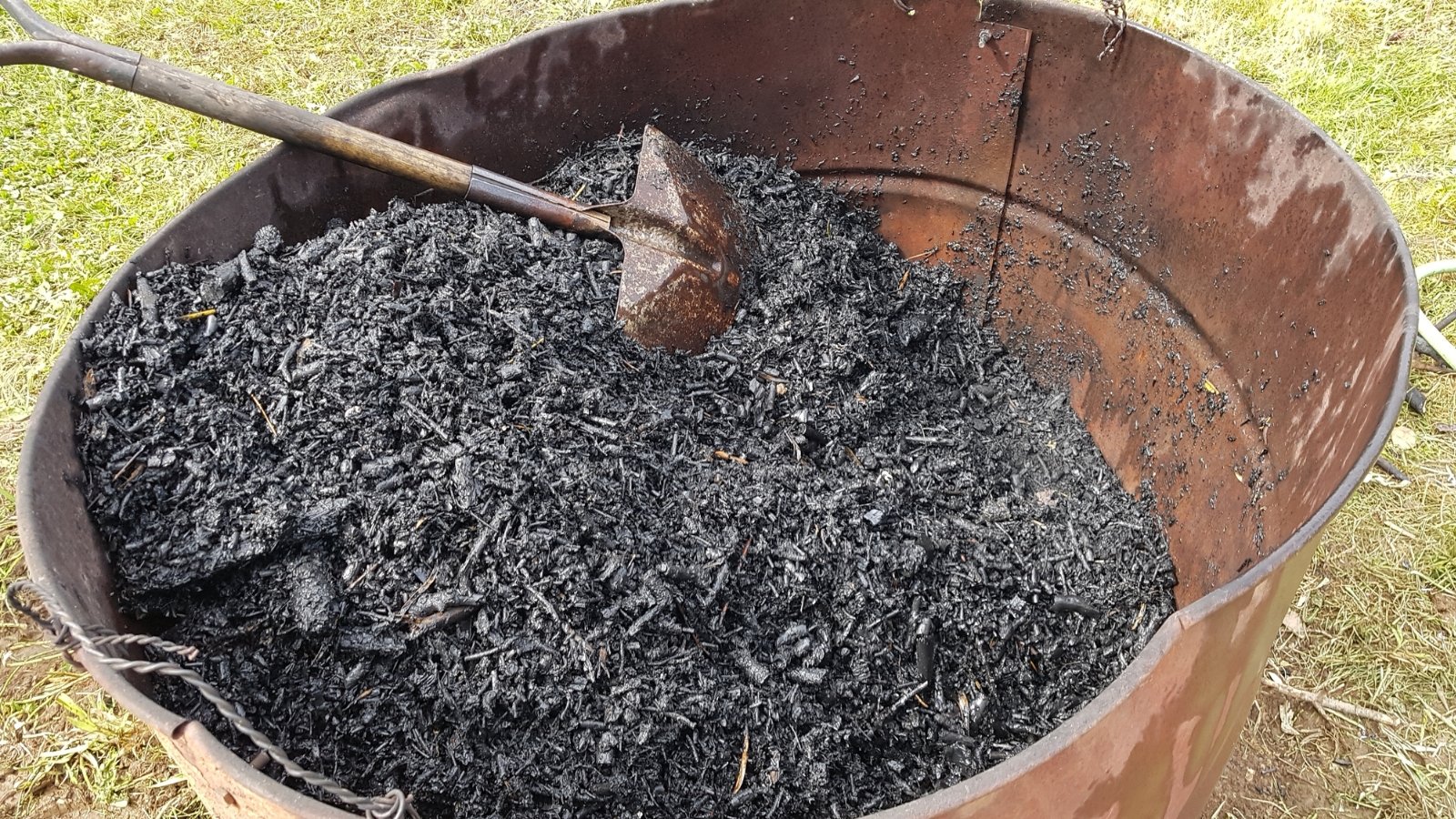

Gardeners are studying the superb qualities of biochar! It’s wooden that you simply warmth so it smolders with out burning. The ensuing charcoal is ideal for soils—it has air pockets that maintain air, vitamins, and soil. The biochar gives vitamins because it decays, creating an perfect web site for fungi or woody crops. Break it into small items and incorporate it all through your beds, or dig in giant chunks close to woody bushes and shrubs.
Straw
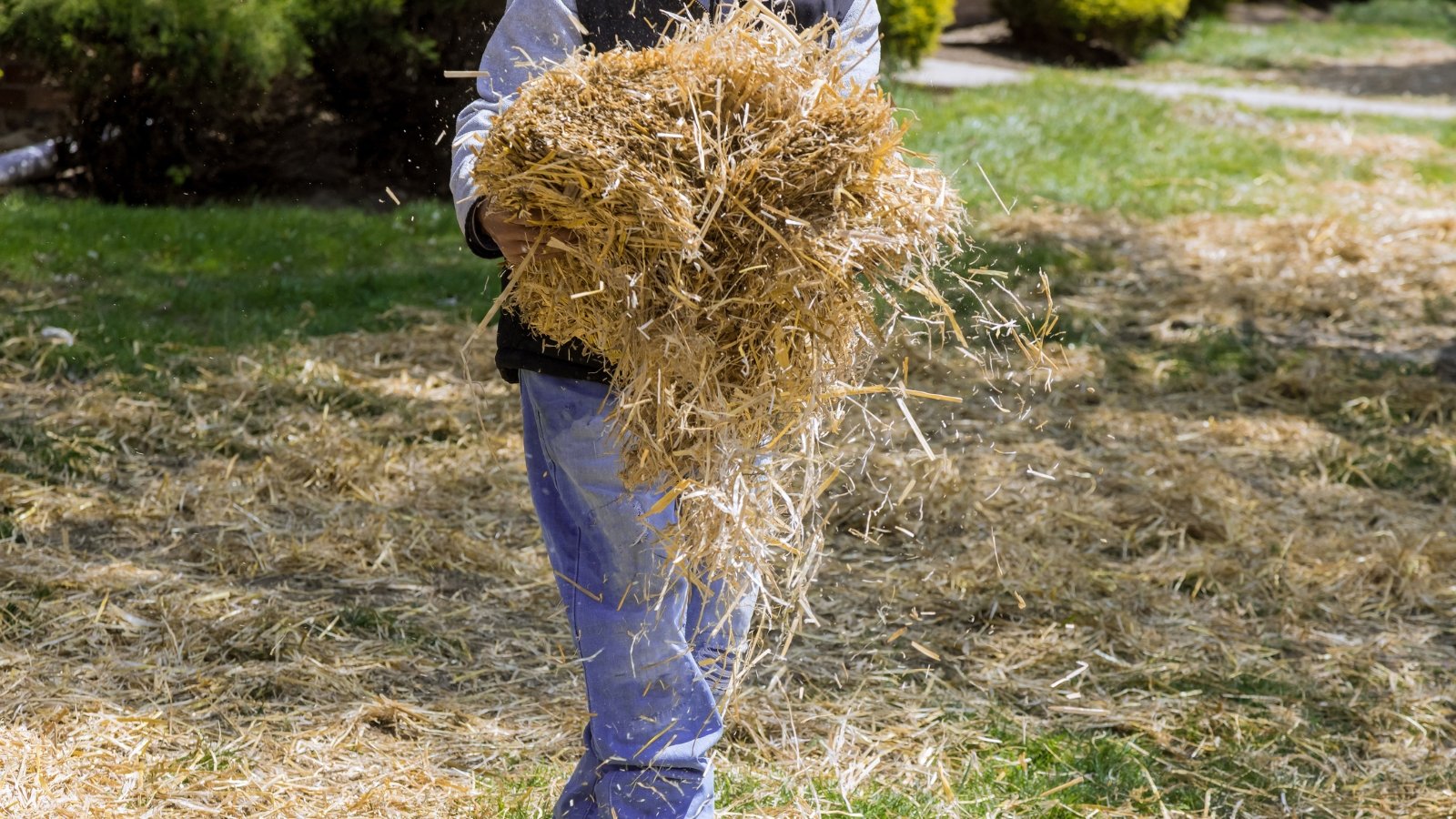

Straw, like fall leaves, gives helpful carbon whereas additionally serving to the soil construction. It’s from grass stalks which might be dry and brown. Farmers use straw for animal bedding, though it’s additionally an excellent soil enchancment so as to add throughout the fall. Place straw in one to three-inch thick layers on high of your backyard beds, or scatter it all through the yard alongside leaves, grass clippings, and biochar.
Worm Castings
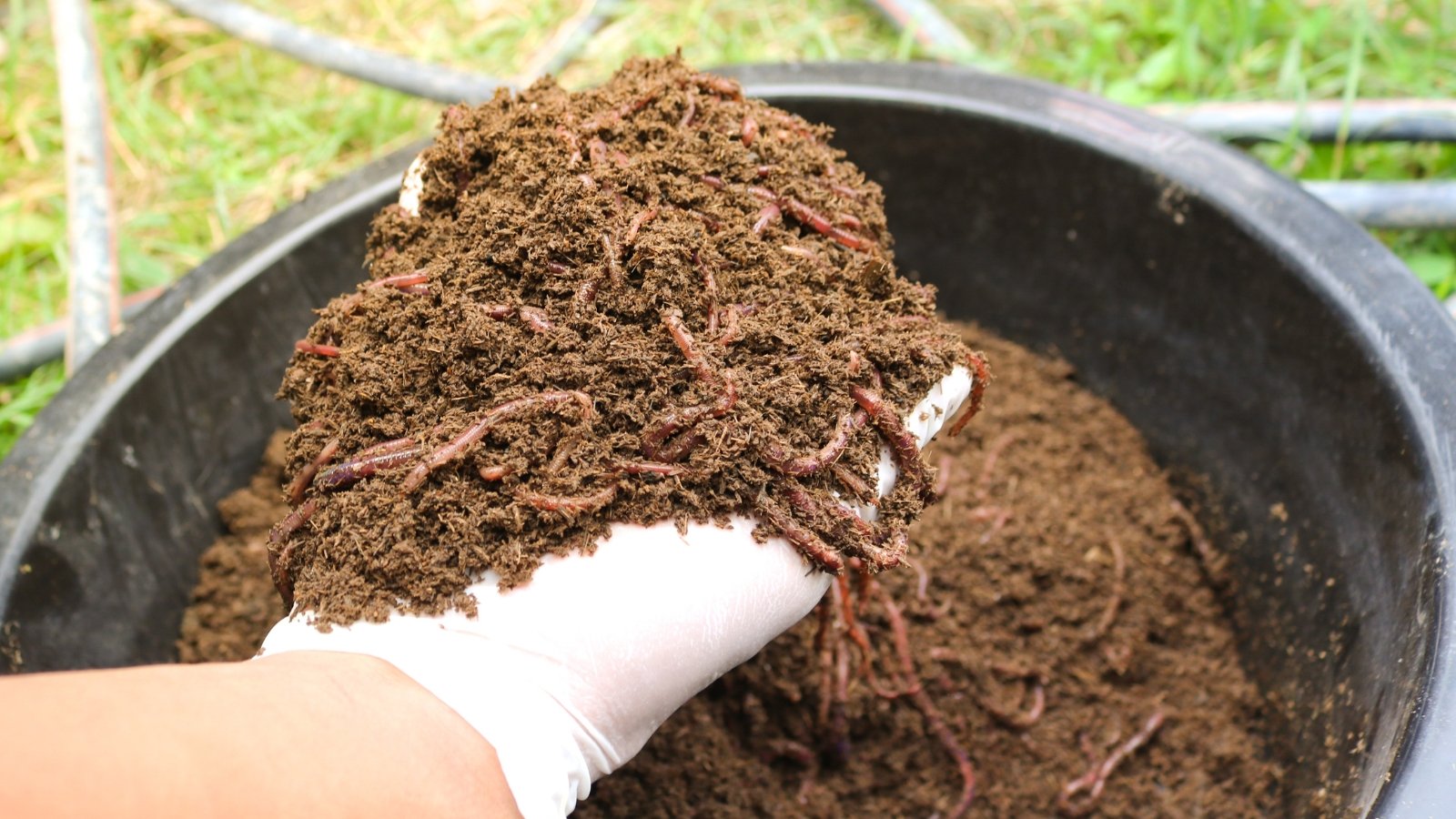

Worm castings are little particles of black gold! They’re stuffed with diet regardless of their ugly supply—castings are worm poop particles! Concern not, as they’re extremely helpful for crops. Worm castings enhance water retention, drainage, nutrient availability, they usually scale back pest and illness occurrences.
pH Adjustors
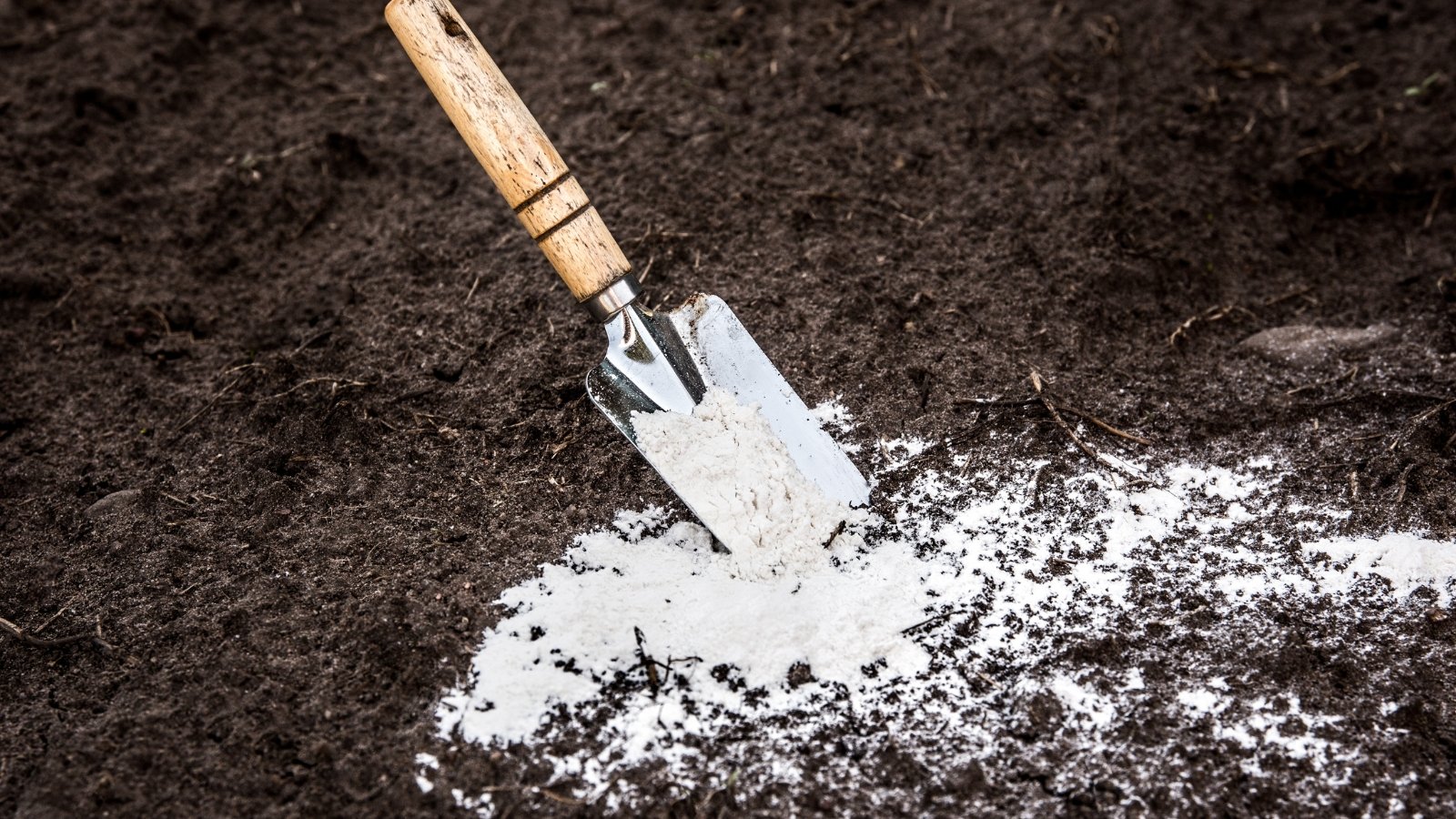

pH adjustors like backyard lime or sulfur are perfect amendments for including in autumn. They work to increase or decrease soil pH in order that it’s within the vary you’d like. Most crops want a impartial or barely alkaline pH, though some species, like blueberries and azaleas, love acidic soils.
Often Requested Questions
Collect your supplies, unfold them on the dust, and in case you are working with naked soil, dig them into the bottom 4 to 6 inches deep. For planted areas, you possibly can work them into the primary few inches of the soil. After mixing them in, add a one to three-inch layer on high. Chances are you’ll fluctuate this method relying on how huge your area is and the way a lot mulch you will have.
It’s greatest so as to add slow-decaying mulches and amendments throughout fall so that they have time to decay and work their magic. Use fast working enhancements like natural fertilizer within the spring so your crops can entry the vitamins earlier than they leach out of the soil.
Sure, you possibly can amend the soil with espresso grounds! They supply little vitamins, though they promote higher water retention, drainage, and construction. Scatter them in regards to the base of your crops, or combine them into your compost pile.
[ad_2]
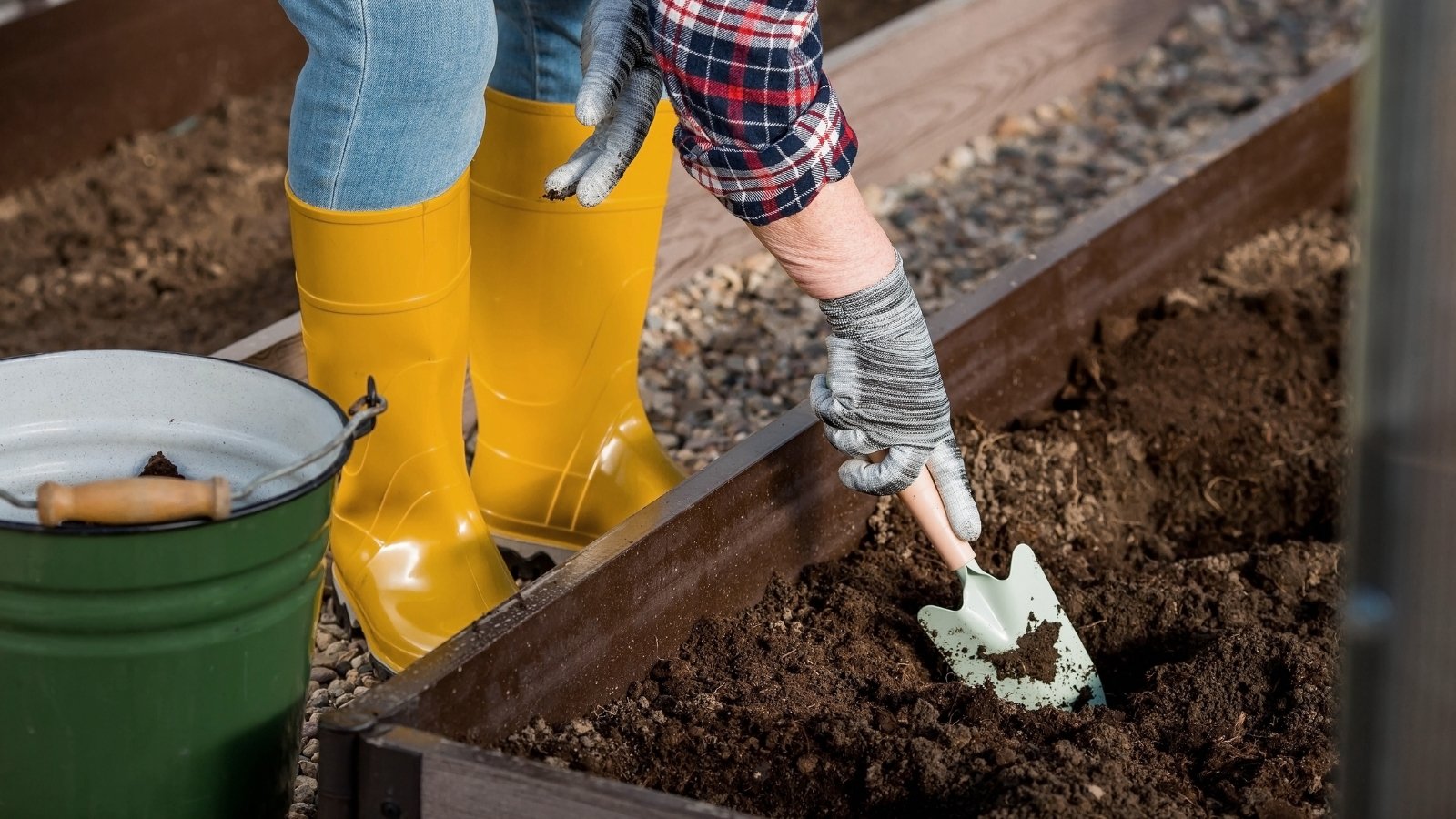
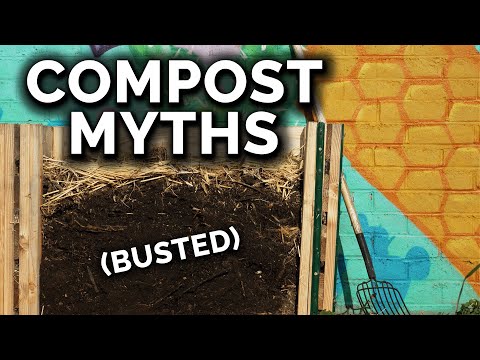


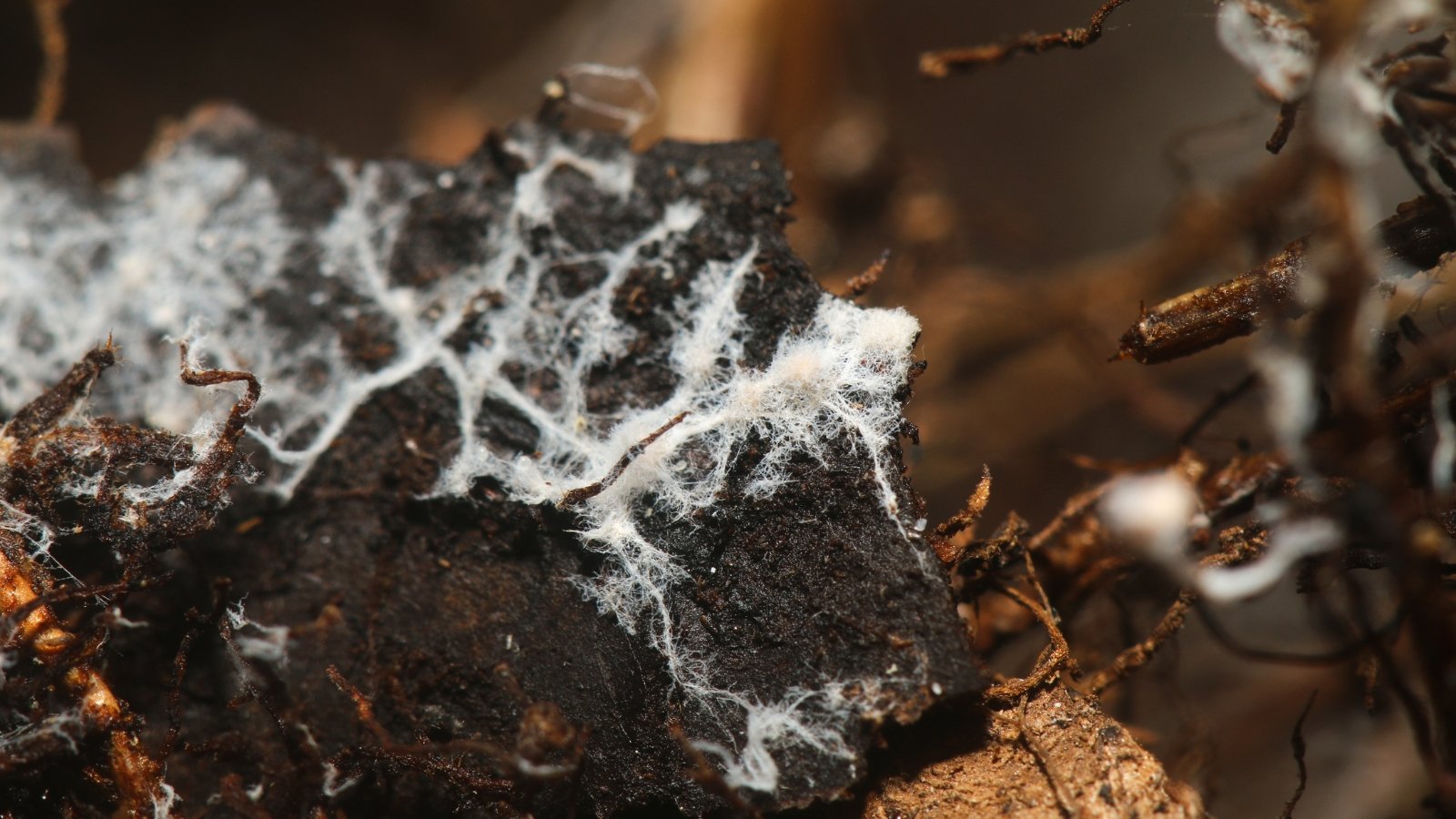
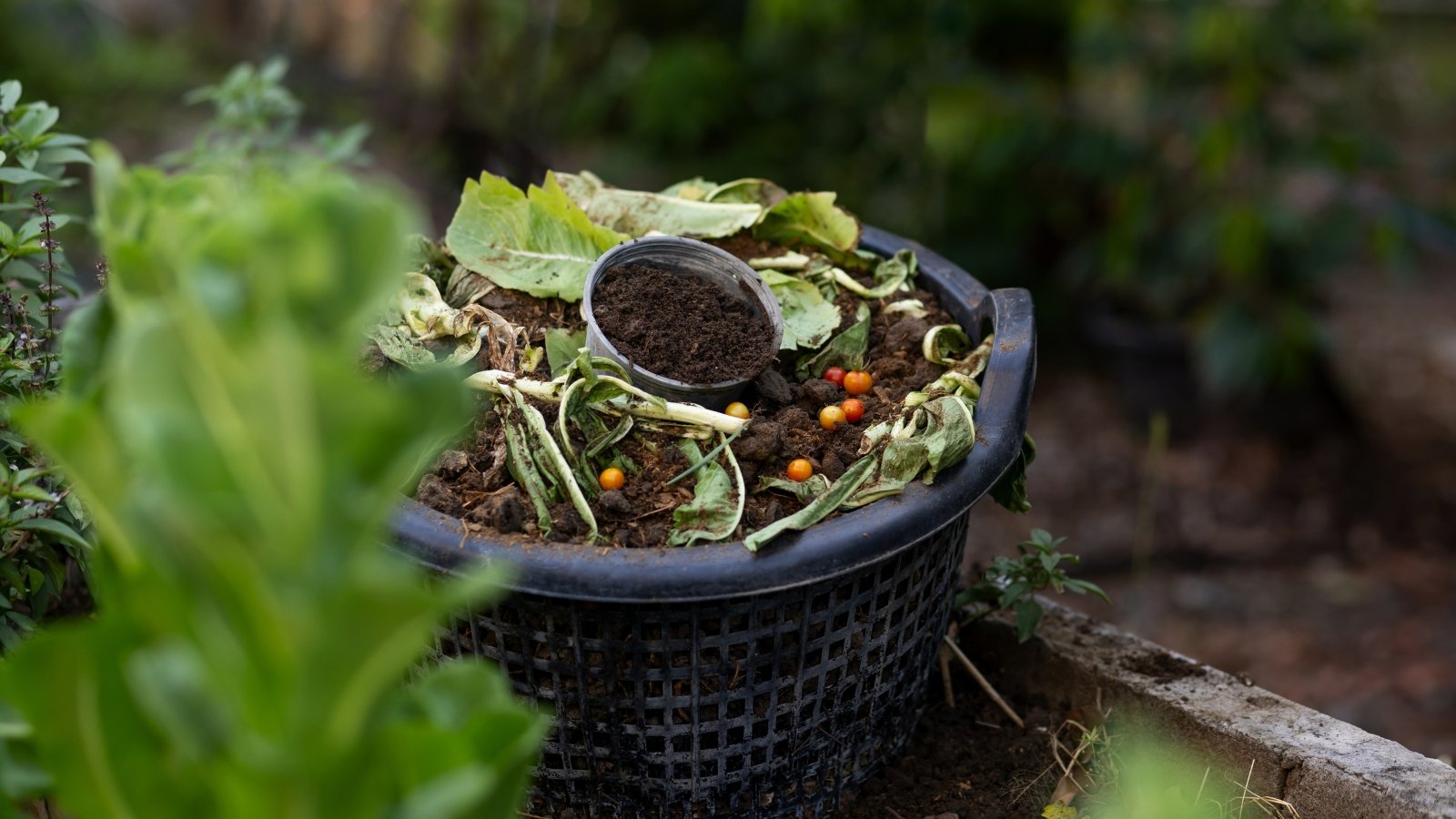
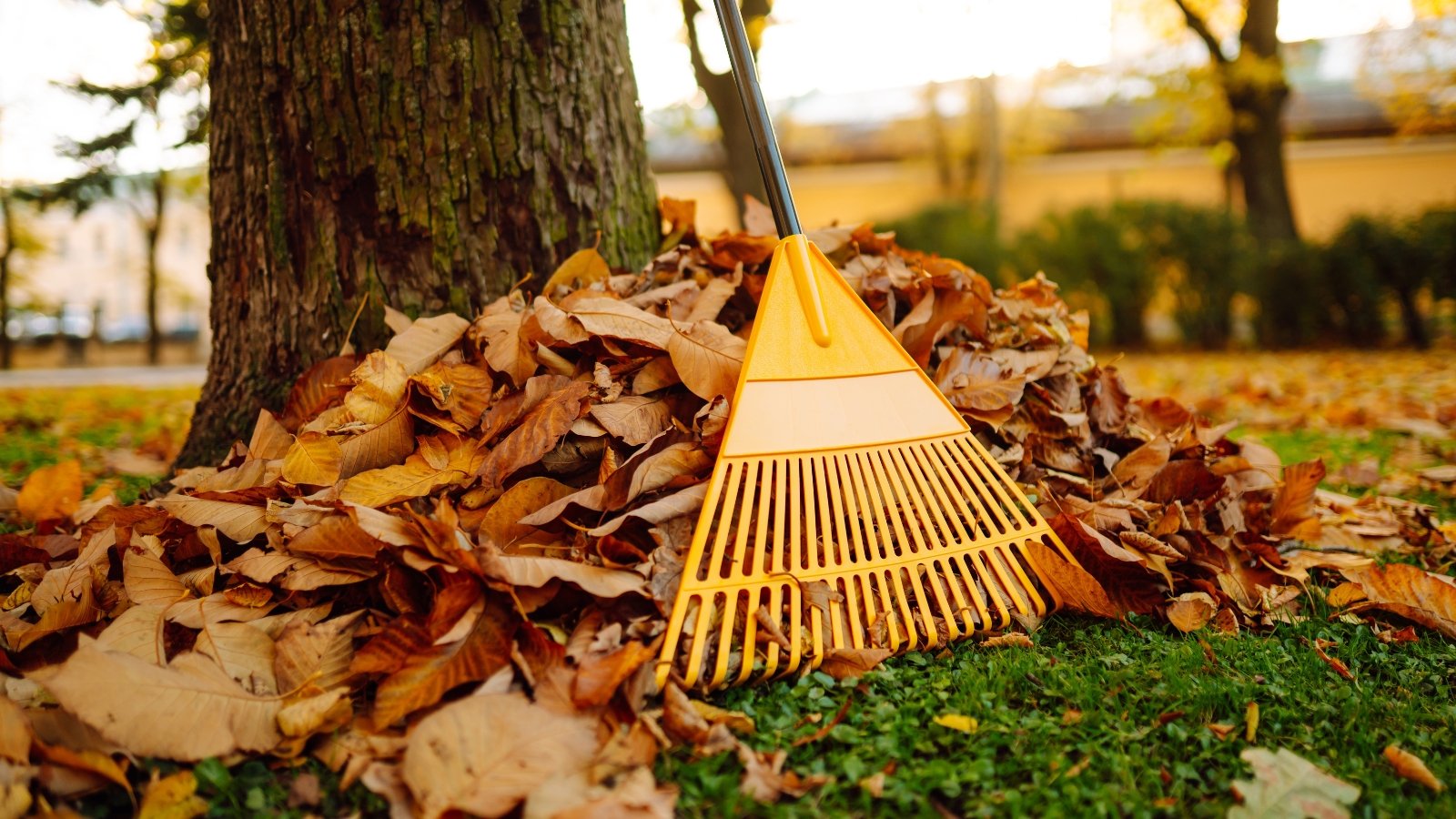
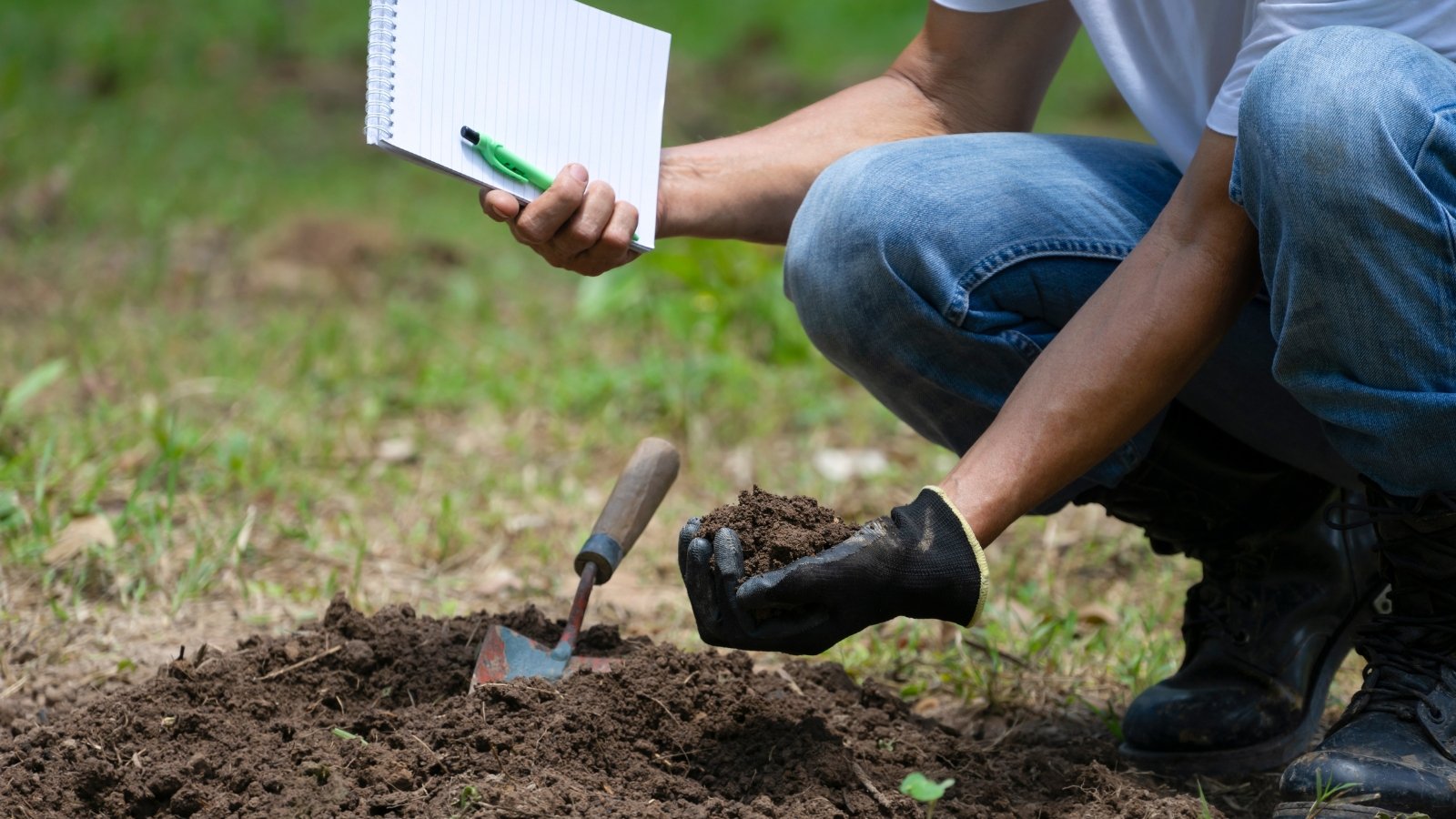
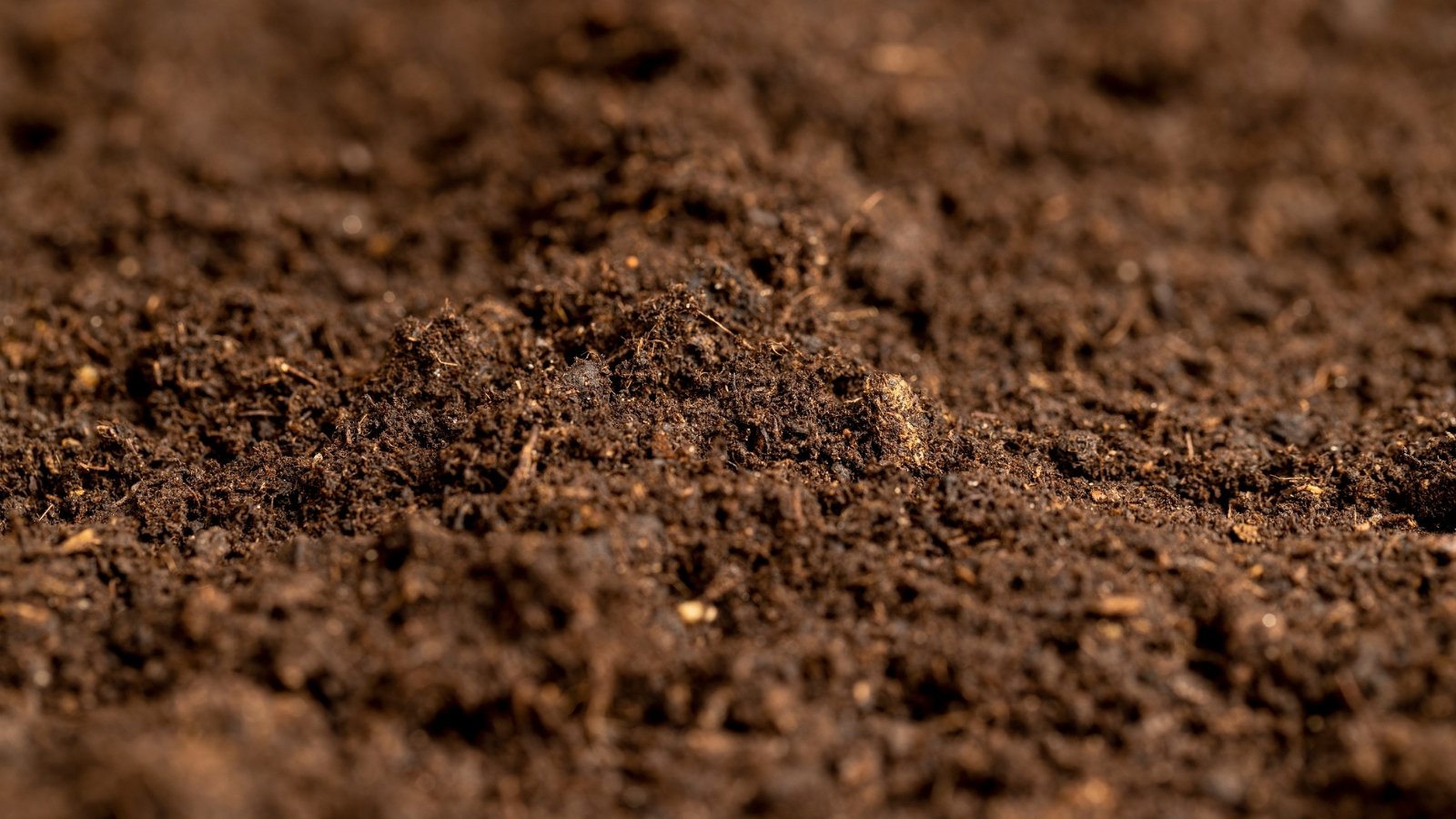

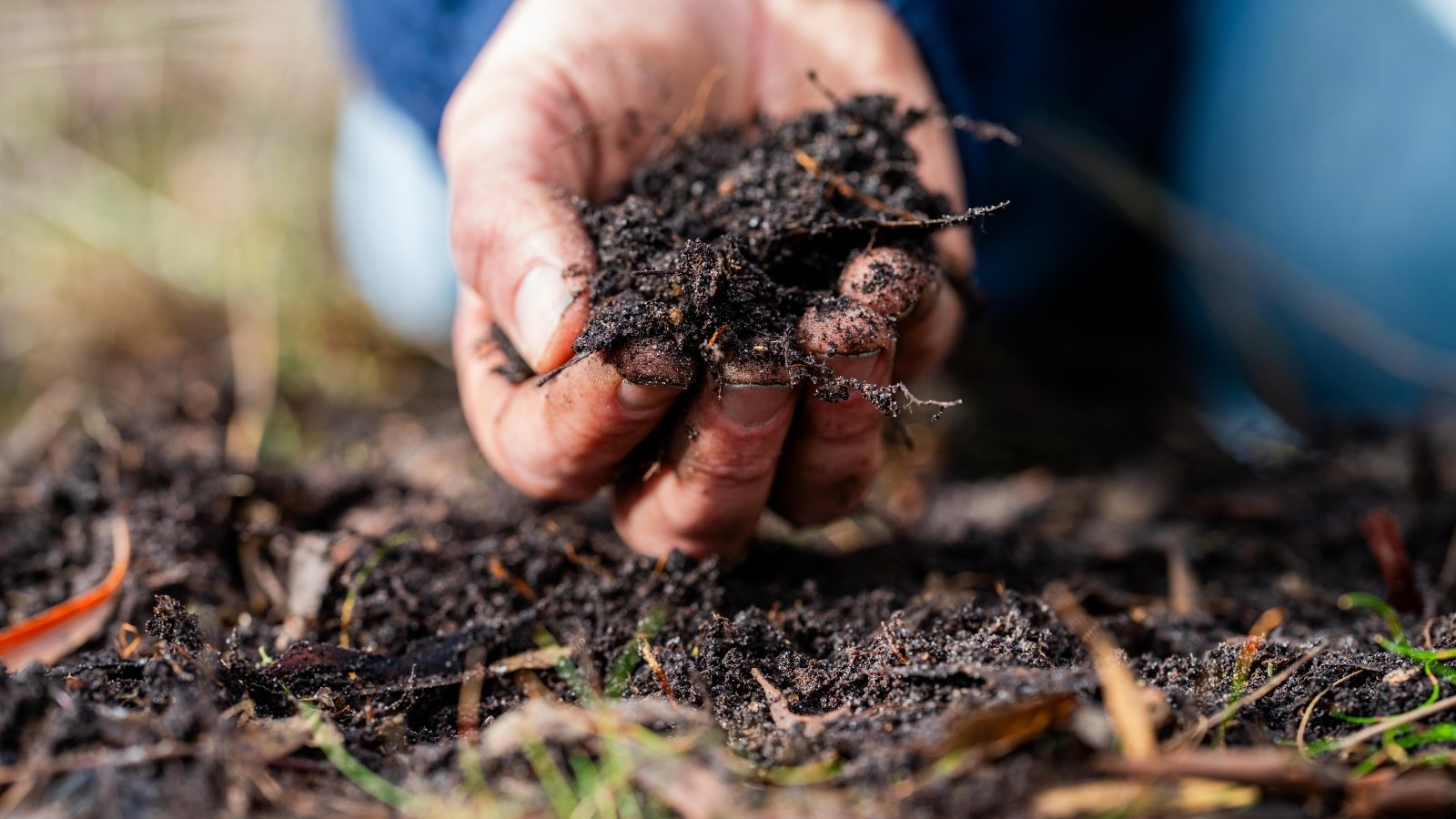
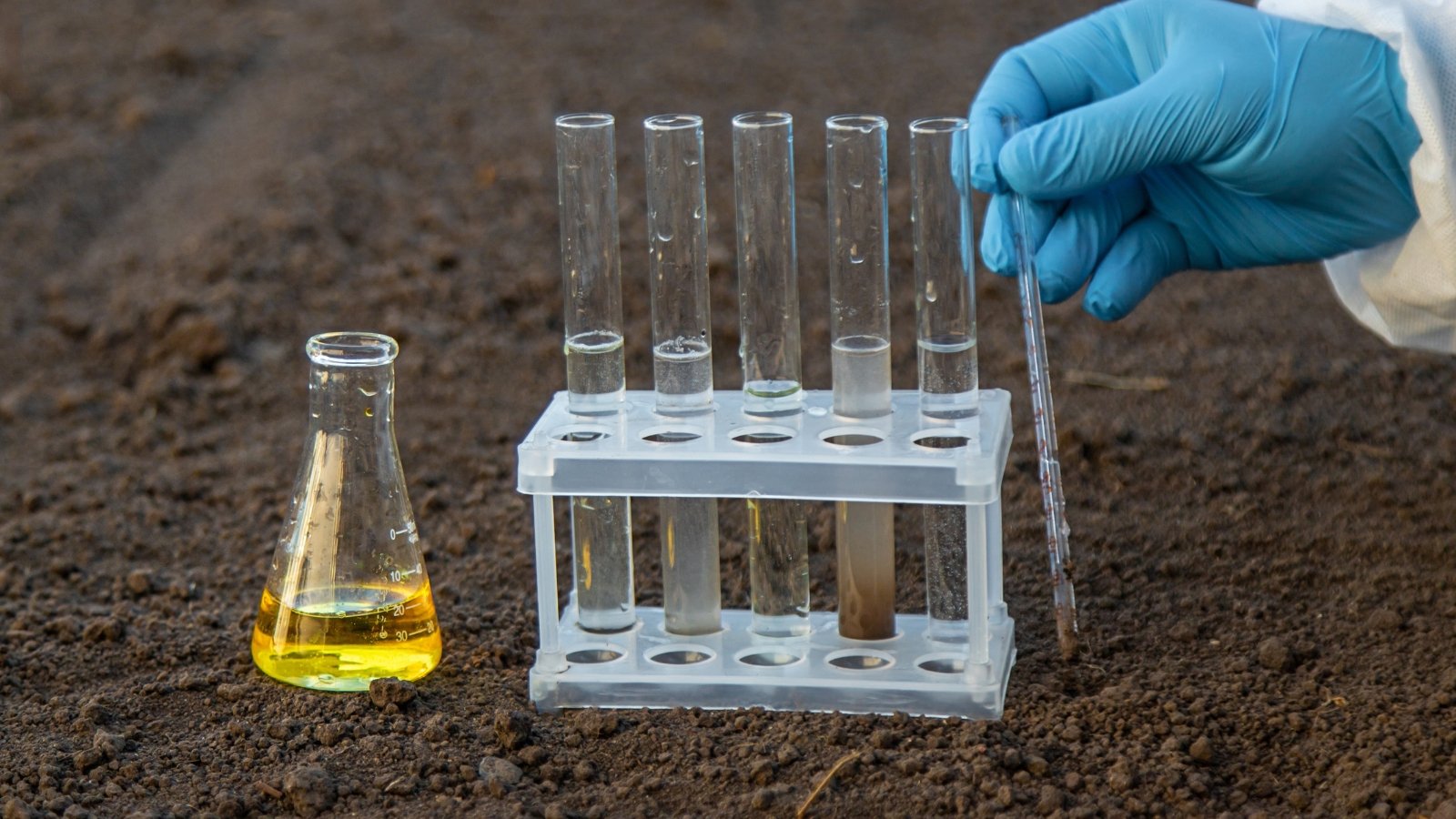
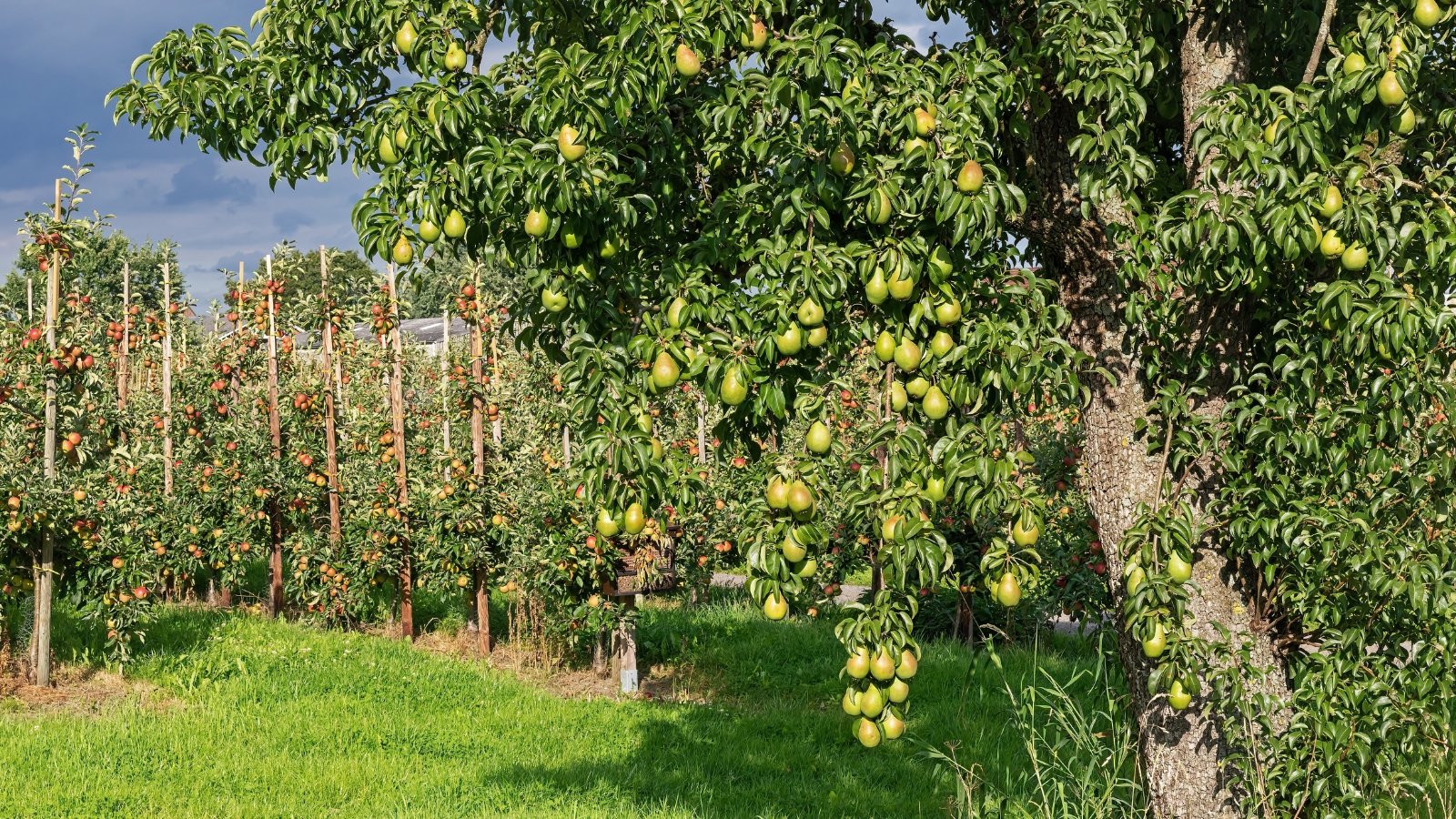
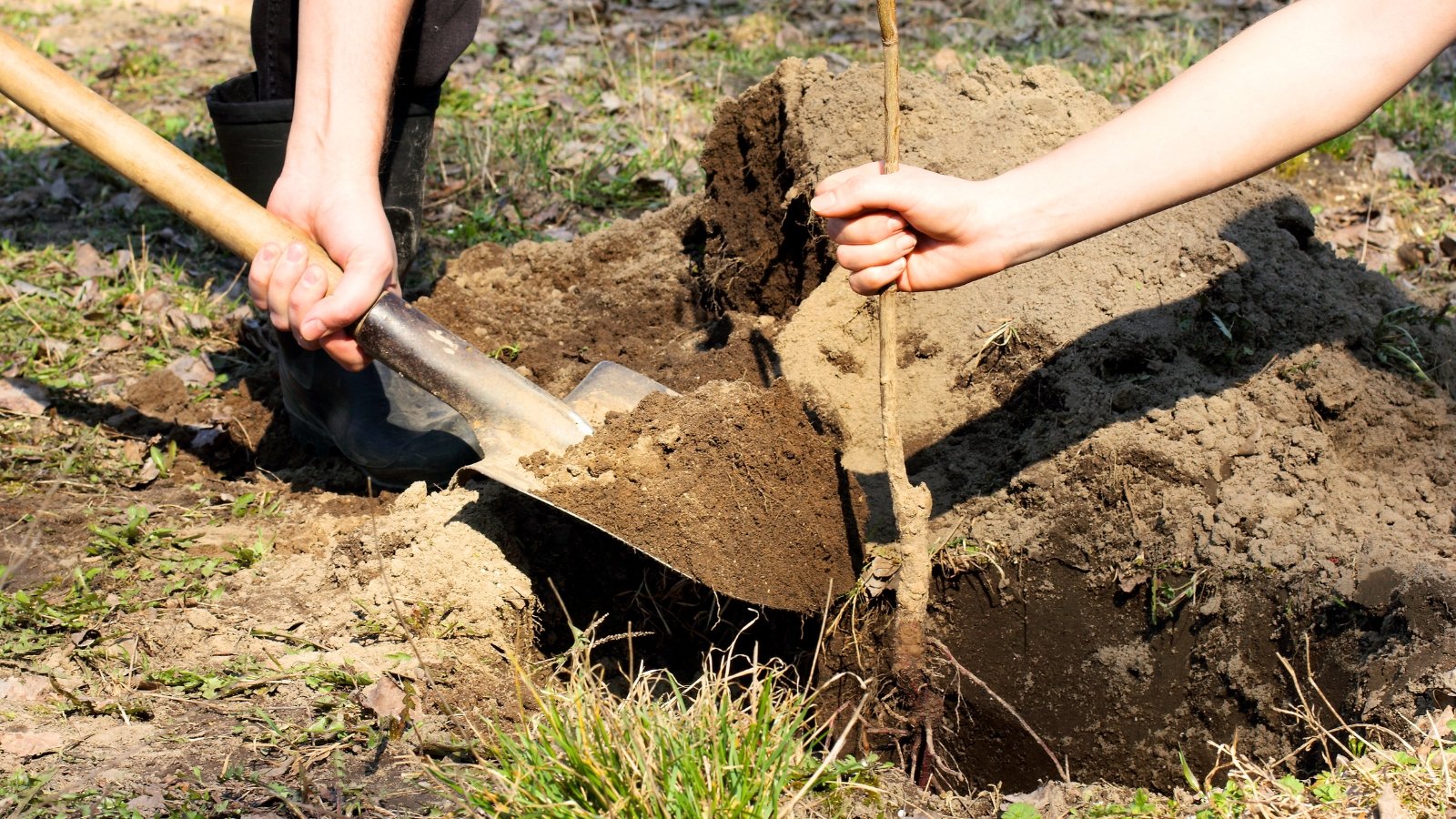
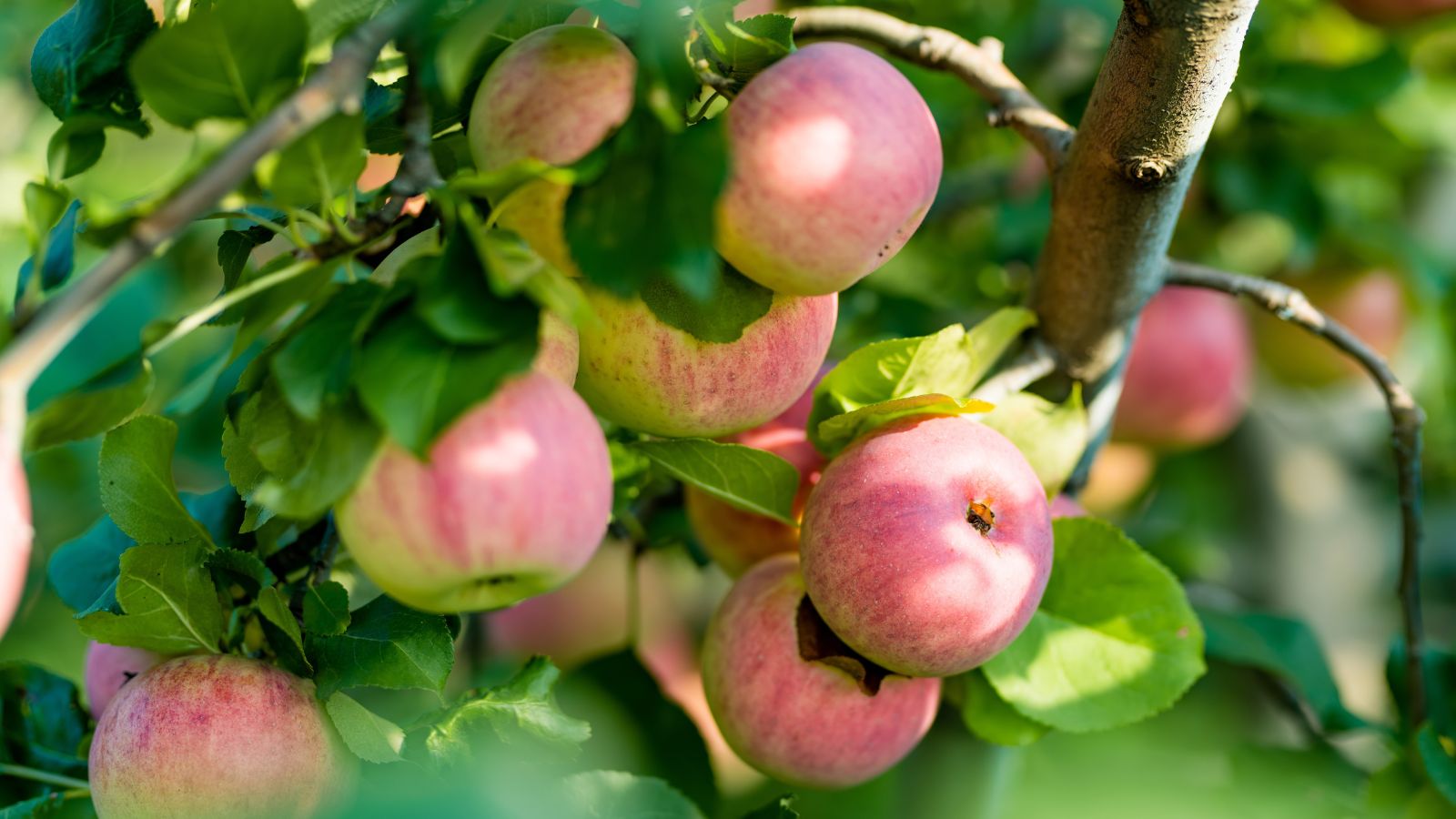
TechieTurtle
I found the section on pH adjusters particularly useful. Knowing how to manipulate soil pH can significantly impact plant growth, and I will definitely consider this when preparing my garden for spring planting.